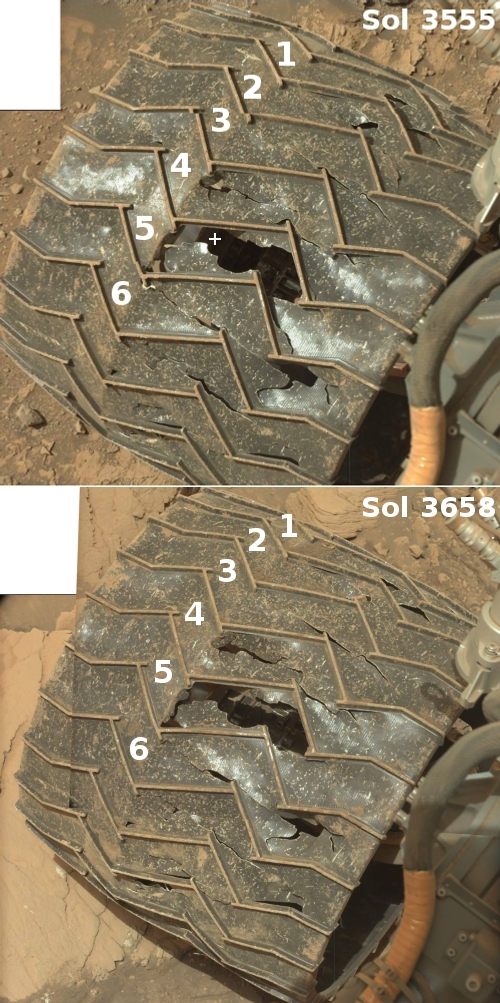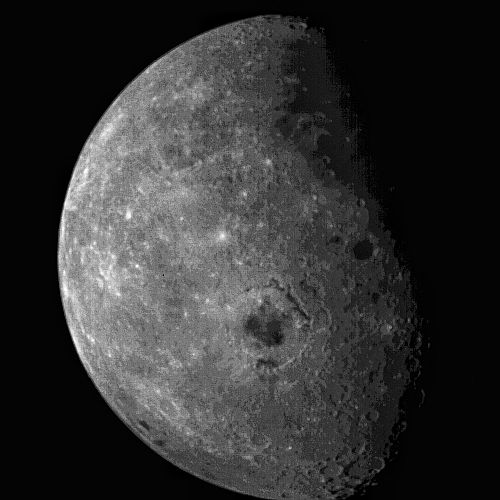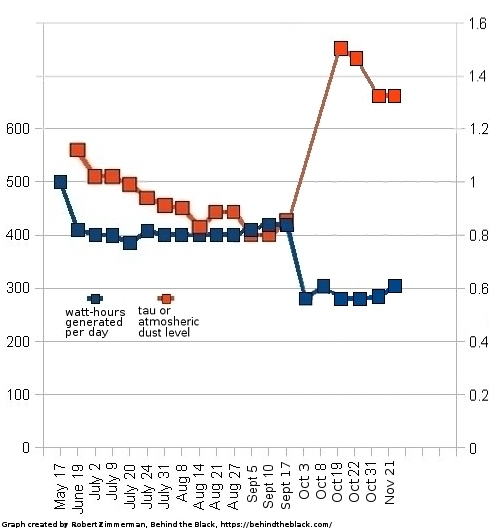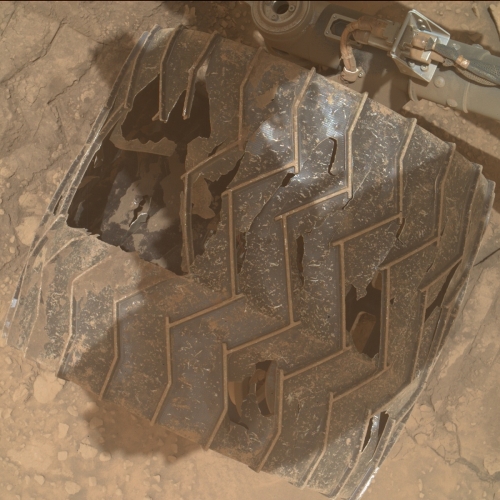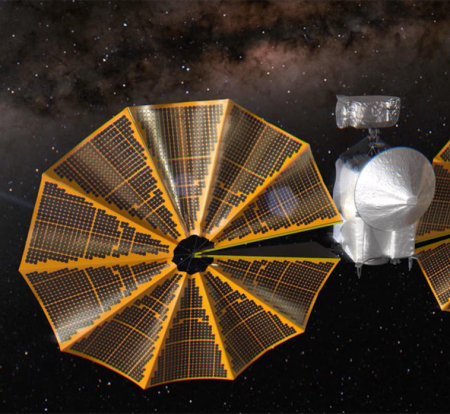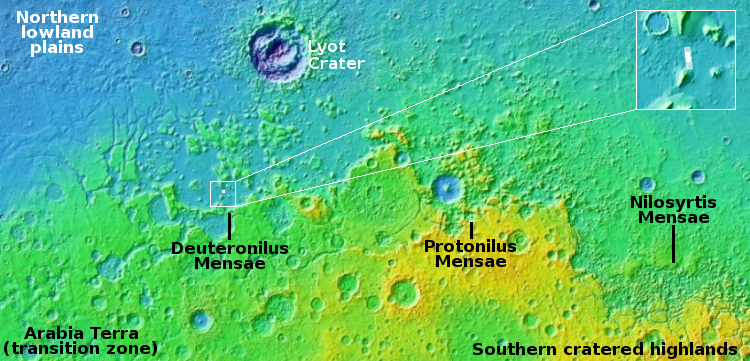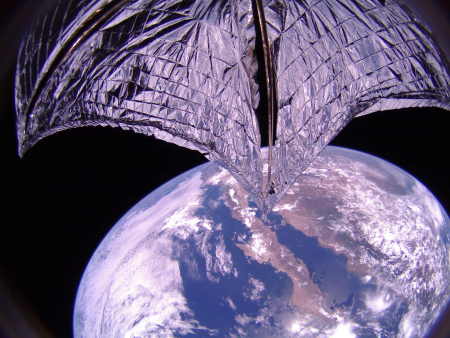November 22, 2022 Quick space links
Courtesy of BtB’s stringer Jay.
- Damage to mobile launcher from SLS launch
More damage can be seen here. NASA apparently considers this damage no big deal, other than demonstrating how powerful SLS is.
- Blue Origin touts cooperative agreement with Space Force.
The deal is a first step toward becoming a launch provider for the Space Force. As Jay noted to me, “Wait, how many rockets does Blue Origin have again? How many have made it to orbit? How is that BE-4 going?”
- Next Shenzhou manned capsule on Long March 2F rolled to launchpad
Launch is scheduled for November 29th, and will facilitate the first on-station crew rotation on Tiangong-3.
- Chinese pseudo-company Orienspace says it will launch its solid rocket Gravitation-1 three times by early ’24
It also says it had ten more launches planned through ’25.
- Chinese pseudo-company Ispace lays off half its workforce
This reduction follows a failed rocket launch in May, the third in four attempts.
- ISRO preparing PSLV rocket for November 26th launch
The launch will place one Earth observation satellite and eight smallsats in orbit.
Courtesy of BtB’s stringer Jay.
- Damage to mobile launcher from SLS launch
More damage can be seen here. NASA apparently considers this damage no big deal, other than demonstrating how powerful SLS is.
- Blue Origin touts cooperative agreement with Space Force.
The deal is a first step toward becoming a launch provider for the Space Force. As Jay noted to me, “Wait, how many rockets does Blue Origin have again? How many have made it to orbit? How is that BE-4 going?”
- Next Shenzhou manned capsule on Long March 2F rolled to launchpad
Launch is scheduled for November 29th, and will facilitate the first on-station crew rotation on Tiangong-3.
- Chinese pseudo-company Orienspace says it will launch its solid rocket Gravitation-1 three times by early ’24
It also says it had ten more launches planned through ’25.
- Chinese pseudo-company Ispace lays off half its workforce
This reduction follows a failed rocket launch in May, the third in four attempts.
- ISRO preparing PSLV rocket for November 26th launch
The launch will place one Earth observation satellite and eight smallsats in orbit.



